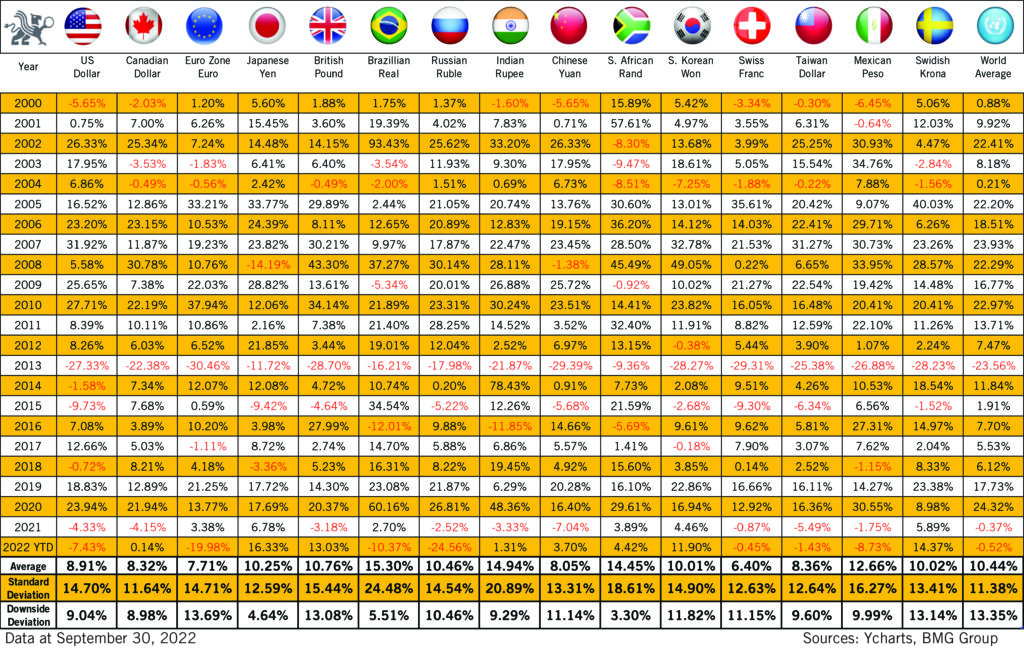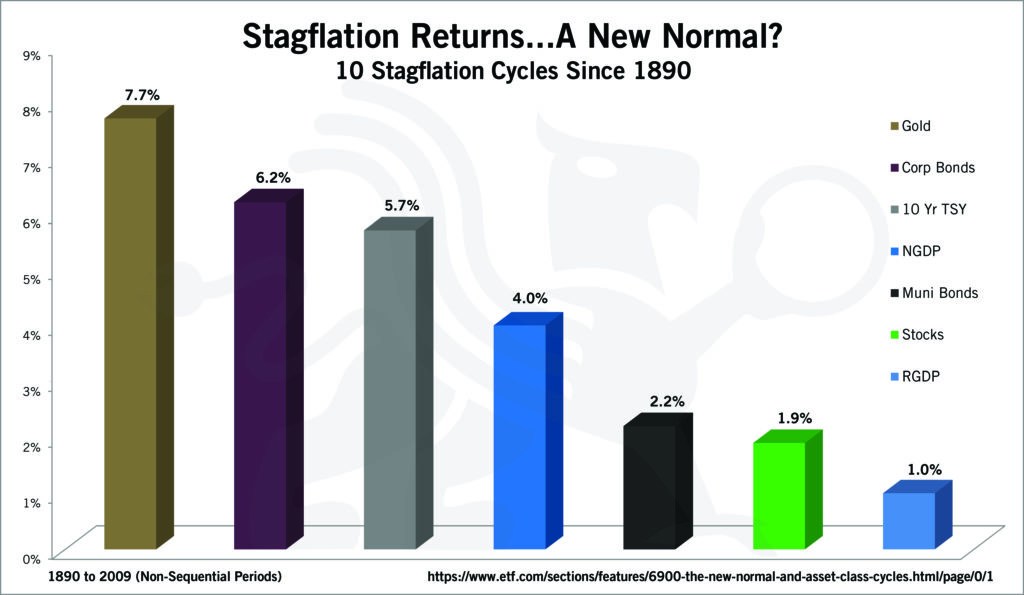
The Use Of Margin Accounts To Supplement Cash Flow
The financial destruction resulting from lockdowns has left many individuals and small business owners with the harsh reality of having to sell assets in order to pay rising expenses and to protect their business from bankruptcy. Investors who have been struggling with rising interest rates, along with a steep rise in the cost of living, may have used up their lines of credit and/or maxed out their credit cards, and now must sell assets in order to meet their monthly living expenses.
Statistics from the Investment Funds Institute of Canada (IFIC) reveal that mutual fund net redemptions in May 2022 totaled $6.4 billion, escalating the investor pull-back in April that saw net redemptions of $4.9 billion. In June 2022, billions in investor withdrawals from Canadian mutual funds were seen according to the Wealth Professional.
BMG Group Inc. (BMG) has managed mutual funds for 22 years, and the redemptions this year have been the highest in history. When speaking with investors, we are advised that the reason for redeeming is because investors needed the money and were being forced to liquidate. It was not about reallocating to other investments or rebalancing their portfolio.
Margin accounts tend to have negative connotations for most investors, because using a margin account to leverage the purchase of additional securities can be risky if the investment declines. Most investors don’t realize that a margin account can have several functions. Margin accounts can leverage securities they already own to purchase additional securities, sell securities short, or access a line of credit to avoid selling their investment.
If margin accounts are used to obtain a line of credit, it is like a secured loan on real estate.
Many investors have the mistaken notion that using margin is very risky. That is true if you have $100,000 in capital and you borrow on margin to invest $150,000. If the asset declines by 10% you will get a margin call for $15,000 or be forced to sell the investment at a loss.
BMG bullion funds qualify for 50% margin in non-registered accounts, so with a $100,000 investment you can borrow $50,000 for any reason. Over the past 20 years, gold has increased by an average of 10% per annum. This means that if you withdraw 5% ($5,000) annually, the remaining capital still increases by 5%. This strategy is far superior to holding fixed-income investments that pay less than 5%, and the principal loses purchasing power due to inflation.
With this margin strategy, you can hold on to your bullion investment while supplementing your cash flow. With a margin account, investors can use the BMG bullion funds as collateral for a margin loan, then use the loan proceeds for cash needs without having to sell the original assets.
In non-registered accounts, this strategy can be particularly important to keep all unrealized capital gains, and thereby avoid taxation of the capital gains.
This strategy is particularly applicable to precious metals as the Bank of International Settlements (BIS) has declared that gold is a zero-risk monetary asset.
To implement this strategy, investors may need to open a discount brokerage account at their bank, as many advisors are prohibited from using this approach by their compliance departments.
The outlook for precious metals in this highly inflationary/stagflationary period is excellent, and the price of bullion should rise high enough to pay off the cumulative margin loan in the future.
The information contained in this article provides a general overview of subjects covered, and the expressed personal views and opinions are not intended to be taken as advice regarding any product, organization or individual, and should not be relied upon as such. Consult your investment and legal advisors regarding specific coverage issues. Information and opinions expressed in this article are provided without warranty of any kind, either express or implied, including, without limitation, warranties of merchantability, fitness for a particular purpose, and non-infringement. BMG uses reasonable efforts to include accurate and up-to-date information from public domains and sources but does not make any warranties or representations as to its accuracy or completeness. BMG assumes no liability or responsibility for any errors or omissions in the content of this article.


